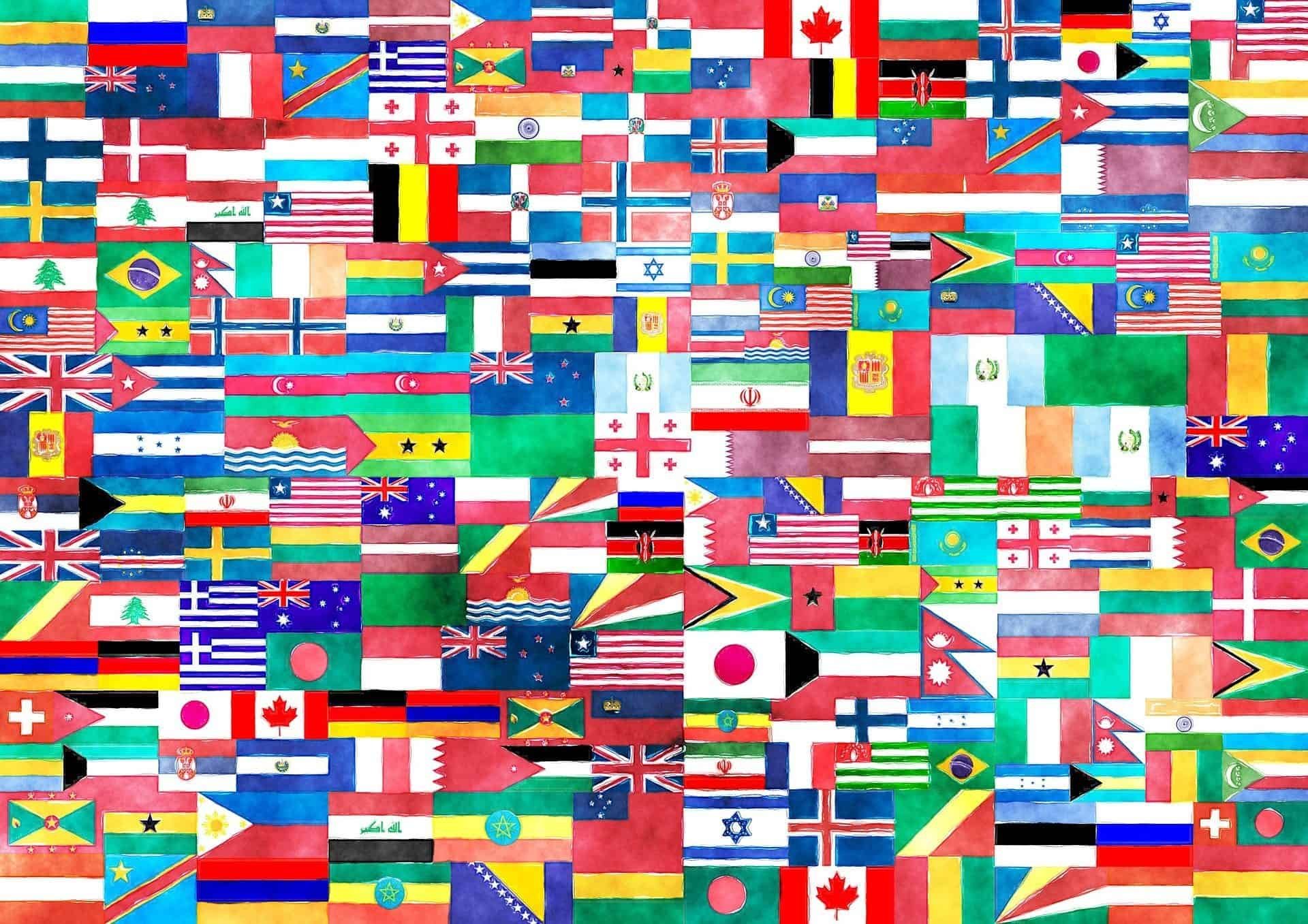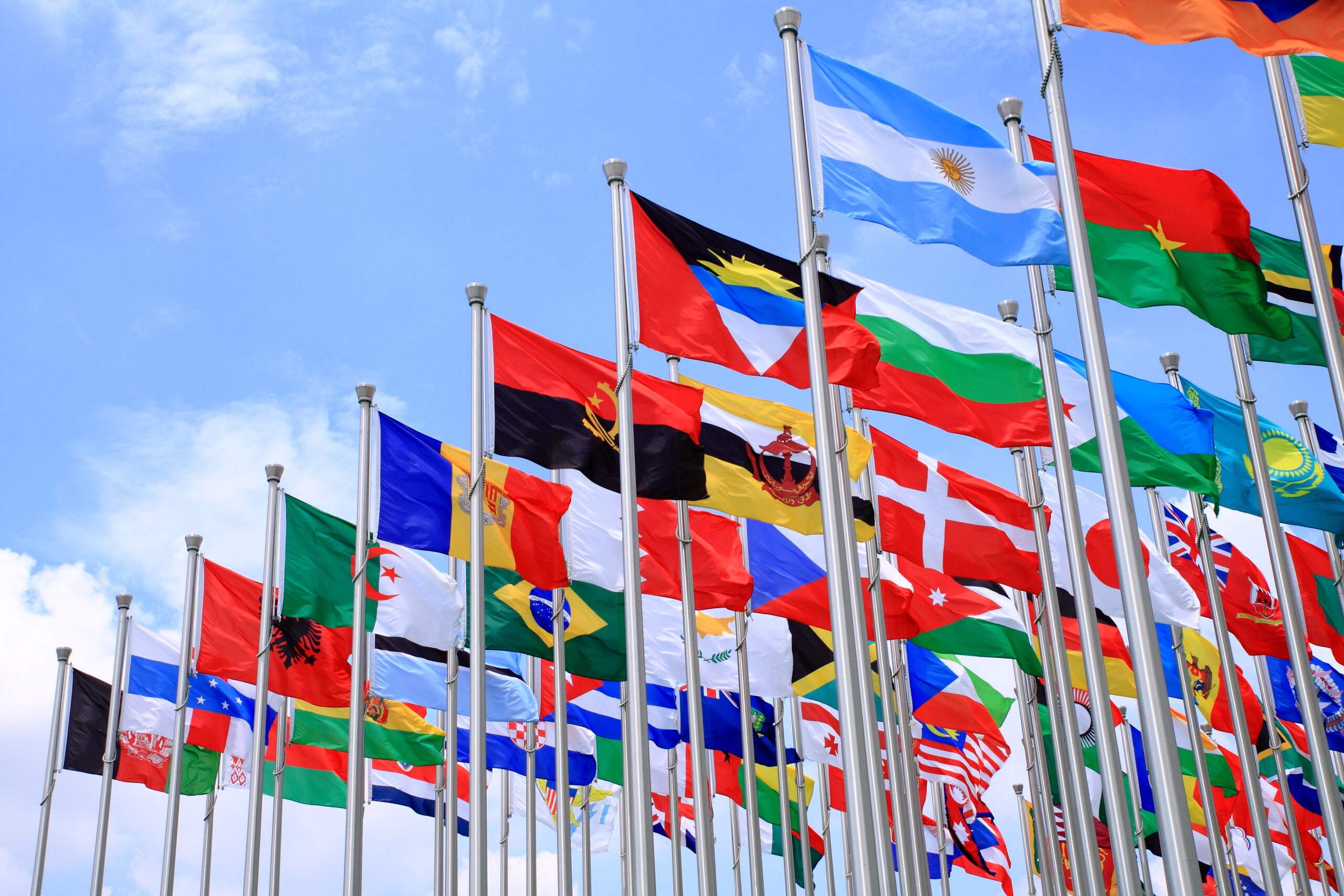Machine translation https://lingvanex.com/translation/english-to-tagalog has significantly advanced in recent years, becoming an indispensable tool for breaking language barriers and facilitating cross-cultural communication. However, like any technology, machine translation is not immune to biases that may inadvertently affect the quality and accuracy of translations. In this article, we will explore the challenges of bias in machine translation and discuss potential solutions to address and mitigate its impact on language and culture.
Challenges of Bias in Machine Translation:
Data Bias:
Machine translation systems heavily rely on large datasets to learn language patterns. If these datasets contain biased or culturally skewed content, the translation output may perpetuate and amplify those biases, leading to inaccurate or offensive translations.
Cultural Bias:
Machine translation algorithms may struggle to recognize and respect cultural nuances, leading to translations that disregard the cultural context and norms of the target language. This can result in misinterpretations or inappropriate translations.
Gender Bias:
Machine translation has been known to exhibit gender bias in language, using gender-specific pronouns or stereotypes based on the source language. Such bias can reinforce gender stereotypes and inequalities in the translated content.
Geopolitical Bias:
Machine translation https://lingvanex.com/translation/english-to-french can inadvertently reflect geopolitical biases present in the training data, potentially favoring certain regions or countries over others. This can impact the representation and perception of different cultures in the translations.
Solutions to Address Bias in Machine Translation:
Diverse and Inclusive Training Data:
To reduce bias, machine translation systems should be trained on diverse and inclusive datasets that represent a wide range of cultures, languages, and perspectives. Incorporating content from underrepresented regions and communities helps to mitigate cultural and regional biases.
Regular Data Auditing and Updating:
Continuously auditing and updating the training data is crucial to identify and rectify biases in machine translation systems. This involves monitoring the translations for potential biases and regularly adding new data to improve accuracy and inclusivity.
User Feedback and Human Review:
Allowing users to provide feedback on translations can help identify and correct biased outputs. Implementing human review processes, particularly for sensitive or critical content, can ensure translations align with cultural norms and avoid potential biases.
Adapting to Cultural Context:
Machine translation models should be designed to consider cultural context and adapt translations accordingly. This may involve recognizing and preserving idiomatic expressions, local references, and cultural sensitivities.
Gender-Neutral Translations:
To combat gender bias, machine translation systems should be trained to generate gender-neutral translations whenever possible. Using gender-neutral pronouns and language can help promote inclusivity and equality in translated content.
Transparency and Explainability:
Machine translation providers should aim for transparency and explainability in their systems’ decision-making processes. Understanding how the system arrives at a translation can help identify and address biases effectively.
Addressing bias in machine translation is a critical endeavor to ensure accurate, culturally sensitive, and inclusive translations. By leveraging diverse and inclusive training data, encouraging user feedback, and incorporating human review, machine translation systems can be continually improved to provide more fair and equitable translations. The commitment to transparency, cultural context, and gender neutrality will contribute to advancing the field of machine translation and fostering cross-cultural understanding and collaboration in an increasingly interconnected world.

